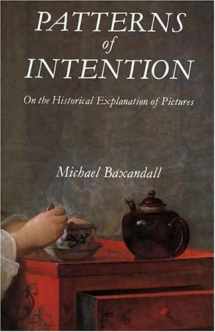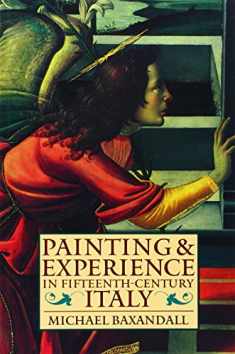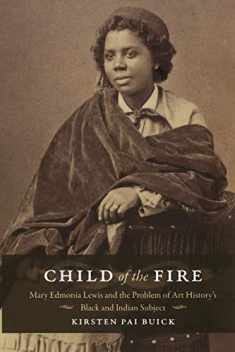
Patterns of Intention: On the Historical Explanation of Pictures
Book details
Summary
Description
This book is an inquiry into the historical understanding of pictures -- something sought not only by art historians but by anyone who looks at a picture in the knowledge that it is old or comes out of a culture different from his own. Michael Baxandall begins by developing a scheme for the explanation of concrete historical objects in general, taking as an example how we think about a complex artifact such as a bridge, the Forth Bridge in Scotland. He then shows how this scheme is adapted to the explanation -- or inferential criticism -- of pictures. Analyzing in detail Picasso's Portrait of Kahnweiler, Chardin's A Lady Taking Tea, and Piero della Francesca's Baptism of Christ, Baxandall discusses the painter's goal, his sense of what is wanted from him and what he wants, the market in which he works, the culture from which he draws resources, his relation to other painters, and the use he makes of philosophical or scientific ideas. Baxandall then reflects on how far we can understand the mind of an artist living in a different culture and to what extent we can test and evaluate a historical interpretation of a picture. Braxandall does not claim that the method of inferential criticism is the only way to think about pictures. But if we accept that behind a superior picture there is a superior organization -- perceptual, emotional, and constructive -- it seems evident that attempting to discover the artist's intentions will sharpen our legitimate satisfaction in the picture itself.


We would LOVE it if you could help us and other readers by reviewing the book
Book review





